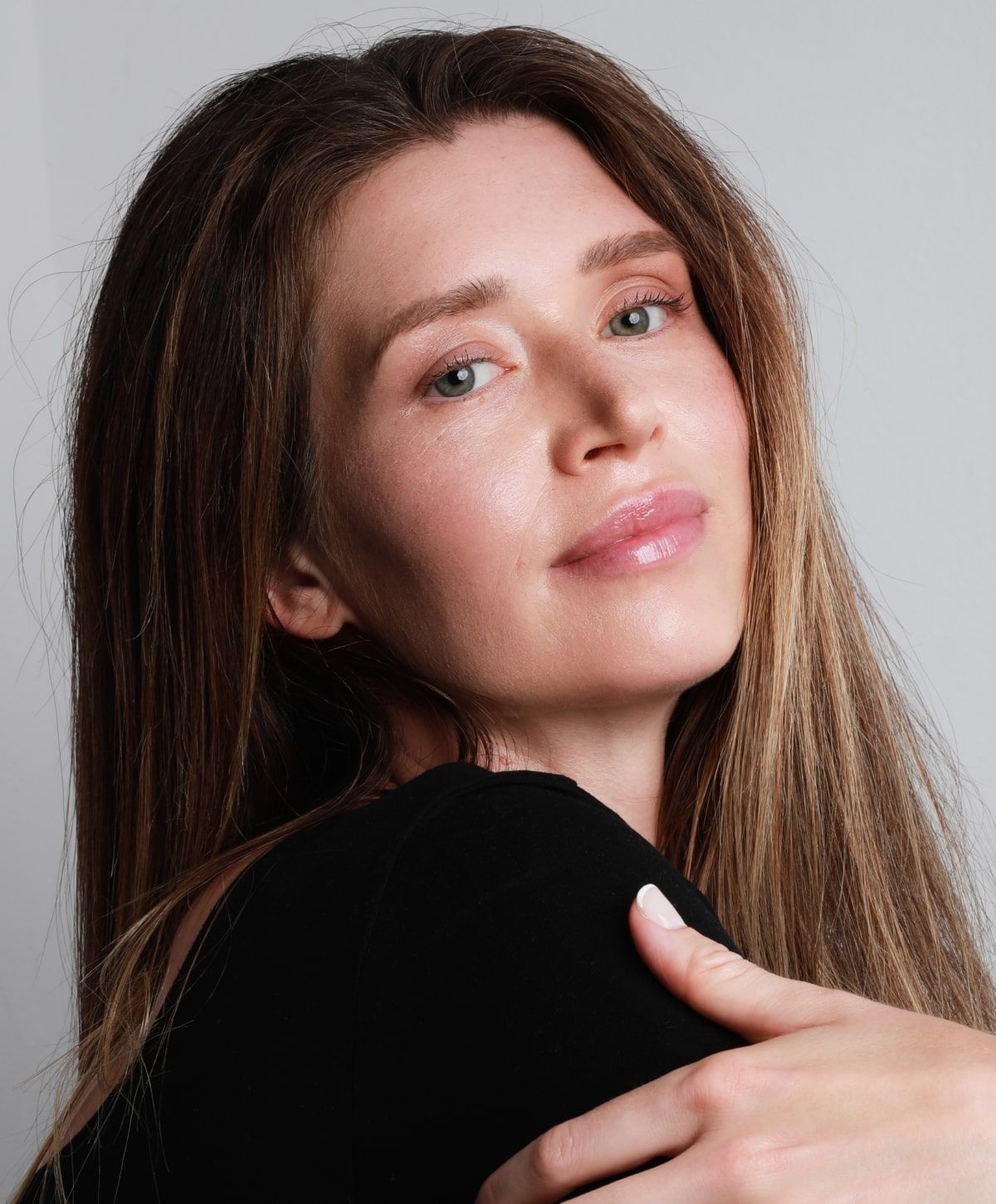

Some faces hold their own from every angle. Others taper too soon, leaving the jawline trailing off and the balance slightly askew. Chin augmentation at Locketz Facial Plastic Surgery in Denver, CO, is built on structure, not trends. Dr. Garrett Locketz brings surgical precision and aesthetic restraint to every case—whether it’s a long-term implant, a change in bone shape, subtle volume with fillers, or a more sculptural approach using your own fat.
There’s no cookie-cutter here. Every choice is made to fit the face in front of him. Dr. Locketz understands how the chin anchors the entire lower third of the face, and how changes here can improve facial symmetry, reduce the appearance of a double chin, and support better facial proportions overall.

Chin augmentation covers a range of procedures that reshape the chin’s size, projection, or overall contour. Some people come in knowing their chin feels too small. Others aren’t sure—only that something feels off in photos or reflections.
Surgical options include solid silicone implants or porous polyethylene. These materials are stable, well-tolerated, and shaped to sit cleanly over the chin bone. When the chin feels too large, too prominent, or pushes the lower face forward, bone reduction or a sliding genioplasty may be a better fit. These involve reshaping or repositioning the bone itself during chin implant surgery.
For less permanent adjustments—or for patients curious to preview the change—injectable fillers offer structure and projection without surgery. And for those looking for a natural tissue option, fat grafting uses your own cells to add volume with a softer finish.
Each approach serves a purpose. The right one depends entirely on your facial structure, preferences, and what will actually make a difference in how you feel.

A defined chin isn’t about chasing an ideal—it’s about giving the face a foundation. It can change the way your jawline looks under bright light, how your lips sit, or how clearly your features separate from the neck. These aren’t minor tweaks; they shift the overall perception of your face.
This treatment can:
What you notice after is subtle, but it shows up in photos, conversations, and how confidently you move through the world.

There’s no such thing as the “perfect” chin. What matters is how your chin works—or doesn’t work—with your facial anatomy. If you’re constantly angling your face in photos or feel like your lower face doesn’t carry the same presence as your upper features, you may be a candidate.
Good Chin Augmentation candidates often:
This is a highly specialized operation, and it’s not right for everyone. There are anatomical limits and better options in some cases. A one-on-one consult with Denver Chin Augmentation provider, Dr. Locketz is the only way to know if this makes sense for you.


Your Chin Augmentation consultation isn’t a formality—it’s where the work begins. Dr. Locketz evaluates facial proportions using photography, measurements, and sometimes 3D imaging. You’ll talk through concerns, preferences, and what kind of result feels like an upgrade, not a distraction.
To prepare:
A small incision—either under the chin or inside the mouth—is made under local anesthesia or light sedation. The chin implant procedure is tailored to your features and securely placed over the chin bone. The entire outpatient procedure typically takes under an hour. Healing is straightforward, and scars are discreet.
Performed under general anesthesia, these procedures are for patients needing more significant changes. Bone is either trimmed or moved, allowing for forward or backward repositioning and vertical adjustments. This reshaping delivers a structural change with lasting results, especially when handled by a facial surgery expert.
Quick, injectable, and effective fillers can sharpen the chin in under 30 minutes. These are ideal for small tweaks or surgical previews. Hyaluronic acid fillers offer reversibility, while denser agents like Radiesse hold shape longer.
Your own fat is harvested, purified, and injected into the chin for a smooth, soft volume boost. It’s often paired with facial surgery and creates changes that evolve gradually but hold long-term.
You’ll feel the shift immediately. Following chin augmentation Denver patients can expect some early swelling, but by about three months, the final shape becomes clear and stable. Filler results settle within days. Fat grafting builds slowly, improving skin tone and structure over time.
The best outcomes are the ones that go unnoticed by others, because the face looks balanced, not altered.


Chin Implants: Swelling and bruising peak in the first week. Most patients return to light activity within 7–10 days.
Chin Reduction / Genioplasty: Two weeks of downtime, a soft diet, and close follow-up are expected. Patients should also avoid strenuous exercise and follow care guidelines to minimize scarring.
Fillers: Minimal swelling, zero downtime. Perfect for a fast refresh.
Fat Grafting: A few days of bruising and visible swelling. Follow Dr. Locketz’s instructions to help the fat settle and integrate.
Attending all follow-up appointments and maintaining a clean healing environment are key to patient satisfaction.
If your profile doesn’t match how you feel or if your lower face lacks the structure you want, Denver chin augmentation surgeon, Dr. Garrett Locketz can help. Every detail is handled with precision, from consultation to post-op. Schedule your chin augmentation consultation in Denver today.
If you want a long-lasting structural change, a chin implant is better. Filler is best for subtle shaping or testing out the look first.
Implants that match your bone structure and are placed by a facial specialist typically look the most seamless and natural.
Yes—if the issue is poor chin projection, improving that structure can reduce the look of fullness under the chin.
It can. A stronger chin often balances a prominent nose and improves your profile without touching the nose itself.
Most chin implant procedures take under an hour. It’s done under local or light sedation and has a relatively easy recovery.
Yes. dermal fillers and fat grafting can subtly shape the chin without surgery, though the effects aren’t permanent.
Yes. Many patients combine it with rhinoplasty or neck liposuction for a more balanced facial outcome. Dr. Locketz will guide you.